Amazing future tech from sci-fi films that totally exists now
Where's my chuffing jet-pack?
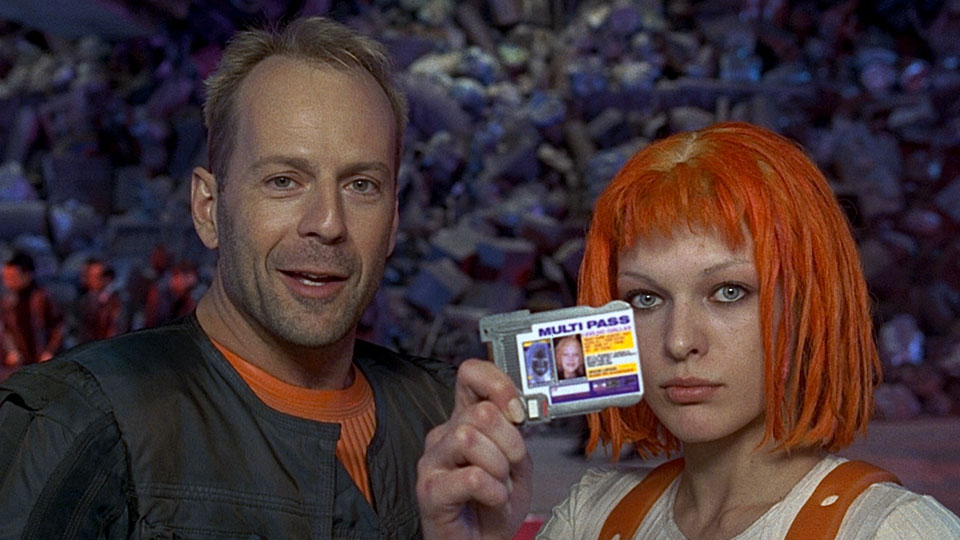
The future movie tech that's already here
Sometimes it gets difficult to see whether life is influencing art or art is influencing life. And then every once in a while, a Hollywood screenwriter acid-binges his way through a heady weekend and comes out the other side with a vision of the future that's so mad it's full to the brim with devices that aren't even close to existing yet.
With Luc Besson behind the lens at TechRadar today, we've decided to look at some of the amazing futuristic tech from films that we now can get our grubby little real-life hands on.
Lucky for us, real-life science is always aping the ideas of Californian movie producers and, on occasion, the boffins produce the goods. We live in an exciting time when the fantasies of our childhoods are starting to become a reality. Alright, we haven't seen radioactive arachnids or time-stopping devices (yet), but we have dipped our hands into the magic hat of robotics and pulled out bionic arms and self-assembling robots.
Smartphones can now actually do most of the wildly inaccurate tasks Jack Bauer expected his mobile phone to do in 2001, and the US army wants to have a genuine crack at making Iron Man. Imagine if the US army – or anyone else for that matter – had attempted to make a robotic exoskeleton suit 50 years ago – it probably would've looked like something out of The Wizard of Oz. But in 2017, we can expect something a lot more mouth-watering.
Here we look at the top movie tech that made the leap from celluloid into our real lives.
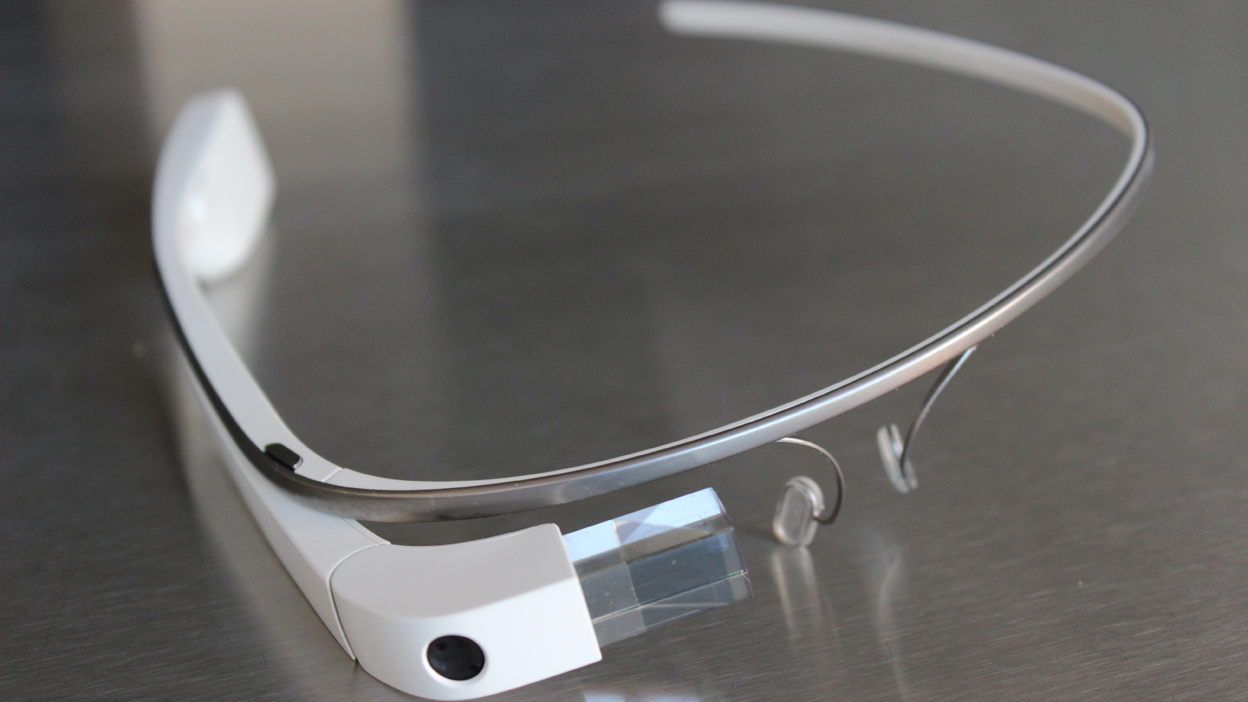
Robocop's visor
Officer Murphy's visor in Robocop was easily one of our most envied gadgets growing up. The ability to scan a room and instantly know what everything is, who everyone is, and the best weapon to use to wipe out all the creeps. You know, kid stuff.
Now we actually have augmented reality headsets that allow digital information to be layered over the real world. Although so far AR has been a little more 'catch the Pikachu', and a bit less "dead or alive, you're coming with me".
Google Glass was probably the closest we've come to a direct comparison with Murphy's visor, but after a short-lived and not massively successful run thanks to its hefty price tag, privacy concerns and poor battery life, its consumer arm shut up shop in 2015.
The end of Google Glass wasn't the end of AR though, and with AR headsets like Microsoft's HoloLens and the plethora of smartphone apps that include AR, it's surely only a matter of time before we get our hands on an AR contact lens that will give us Murphy vision without the need for a headset.
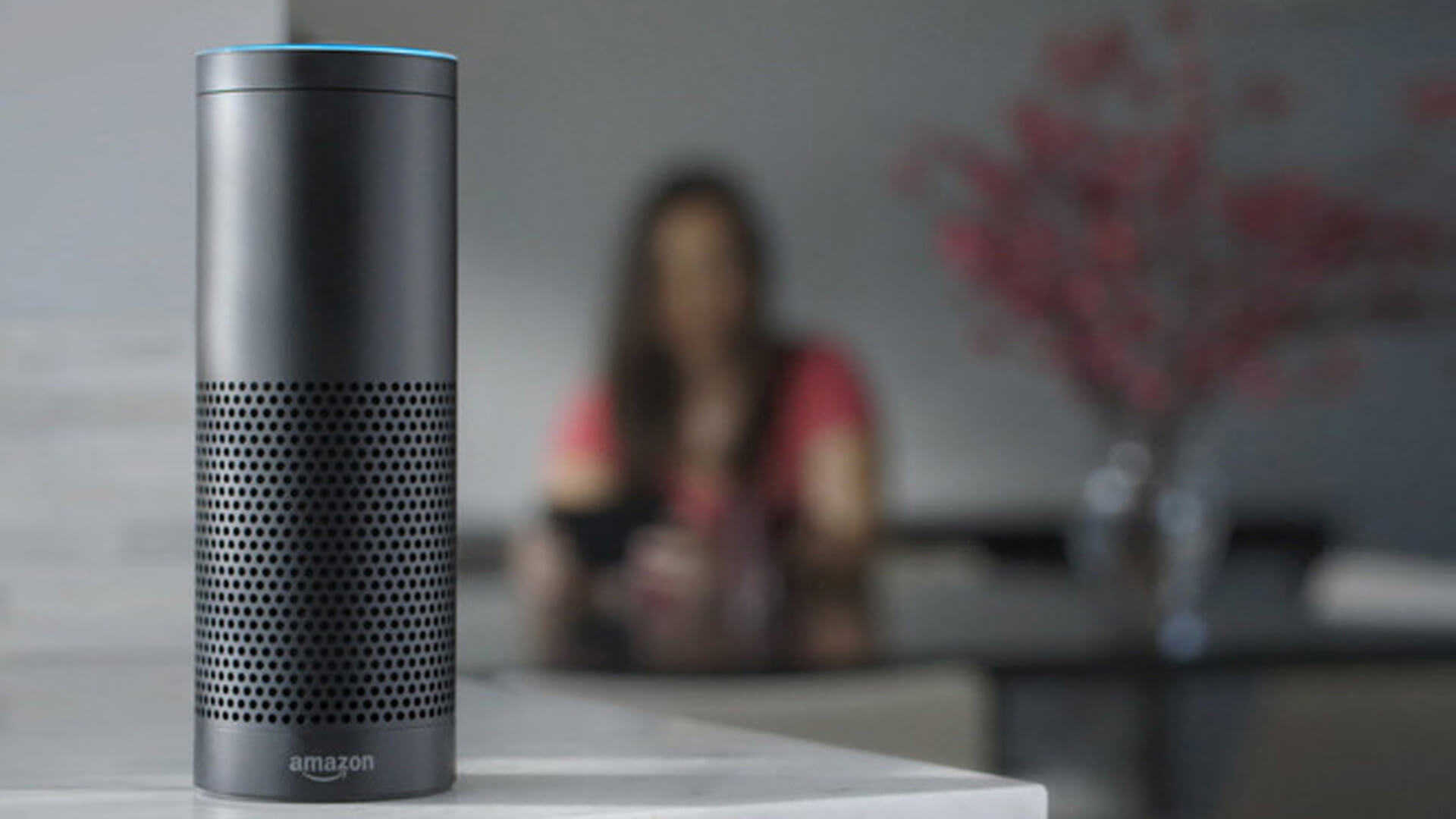
Smart home
We've all been there, enviously watching someone in some sci-fi movie walking into their house… the lights all turn on, the heating powers up, the hunky protagonist asks an empty room for a news update, and out of nowhere comes the soothing robotic voice of his smart home wall-computer robo-butler.
How we longed for the day when we no longer had to use our hands to operate a light switch like a savage, and could use them for what they're meant for: scrolling through social media feeds.
Well dream no more, because the robo-butler has arrived! With a combination of your choice of smart speaker, smart thermostat, and smart light bulbs, you can now control your entire home using just your voice.
What's more, your house can actually learn your habits, so it knows to get the heating on before you walk through the door, and to gradually increase the light in your bedroom to wake you up in the morning.
The voice interactions with your digital assistant aren't quite on the level of Jarvis (unfortunately) or HAL (thank heavens), but with the advancements being made in the field of machine learning, we're getting nearer every day.
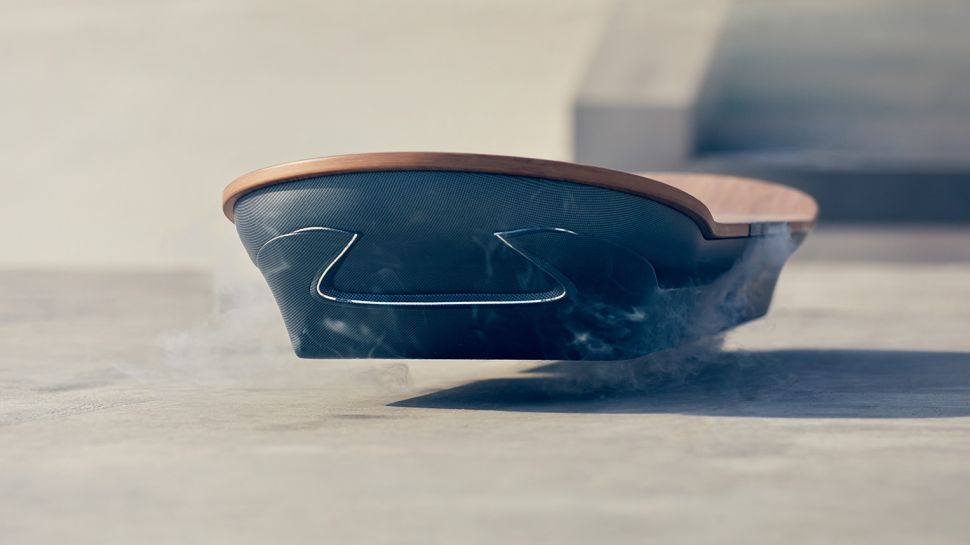
Hoverboards
From the second Marty McFly dropped his hoverboard and it 'landed' in mid-air, we knew we had to have one. It's the combination of two of the coolest things ever: skateboarding and human flight. But for many years, it looked like our (half) pipe dream was just that. There was no way hoverboards could actually exist.
But then 2015 happened – the year Marty traveled forward to no less. Lexus – mostly as a publicity stunt admittedly – created a hoverboard. And it worked. It really worked.
It never came to market, so we don't have one at home, but there are hoverborads that you can buy. And no, we're not talking about the things with wheels like the (admittedly very good) Kaiser Baas Revo Glider.
We're talking actual board that hovers. Step up ArcaBoard.

Admittedly it's not as sleek or cool as the one from Back to the Future. It's basically a giant platform full of fans. And it costs more than some cars. And it only flies for six seconds. But it's a hoverboard! That you can buy!

James Bond's Biometric pistol
007's biometric PPK in Skyfall won't fire unless James is holding it, a safety mechanism to stop would-be criminals turning his own weapon against him (although a non-functioning gun would still hurt if you got one in the noggin). And biometric weapons – or 'smart guns' – are very much a reality.
There are a few different methods for creating personalized guns, the two most popular being RFID and biometric sensors. In RFID, a token is needed to unlock the gun, so a ring, wristband or some other vessel for a chip that the gun will detect and then unlock. Biometrics use the fingerprint of the user.
Most versions of Smart Gun are still in prototype form, although there are a few companies that retrofit current firearms with biometric sensors.
If all guns became smart guns, finding a pistol down the back of a car seat and using it to fire off a few rounds at someone's antique cans will be a thing of the past. But if it means you can't be disarmed by a henchman and then have your gun used against you, it's probably a fair trade-off.

Leeloo and Dallas, Multi Pass
First things first: there are so many things that we want from The Fifth Element to be real. The microwave that makes a whole roast chicken from a little pack, flying cars, that instant make-up thing, Bruce Willis's hair.
Without doubt one the more memorable gadgets from the Luc Besson masterpiece is Leeloo's favorite, the Multi Pass. A little card that is part ID, part payment method, and can be used for interstellar travel.
While we may still be a way off the interstellar travel bit, the other two are totally real. There was a company in 2015 that actually created a device called MultiPass, that would let you board any mode of transport, track your journey, and then charge you the lowest possible fair for your journey.
It looks like there was a plan for the MultiPass to eventually contain an e-ink screen (like the Kindle), so that it could display information about the user and barcodes, so that it could be used for flying too.
Unfortunately, it looks like the MultiPass was undone by the rise of contactless payment, although its undoing could be the making of the real Multi Pass – our phones.
Given that Apple Pay and Android Pay is now a mode for paying to use London's Oyster public transport network, and that phones can display boarding passes for getting on planes, the only thing missing is the phone being used as your ID too.
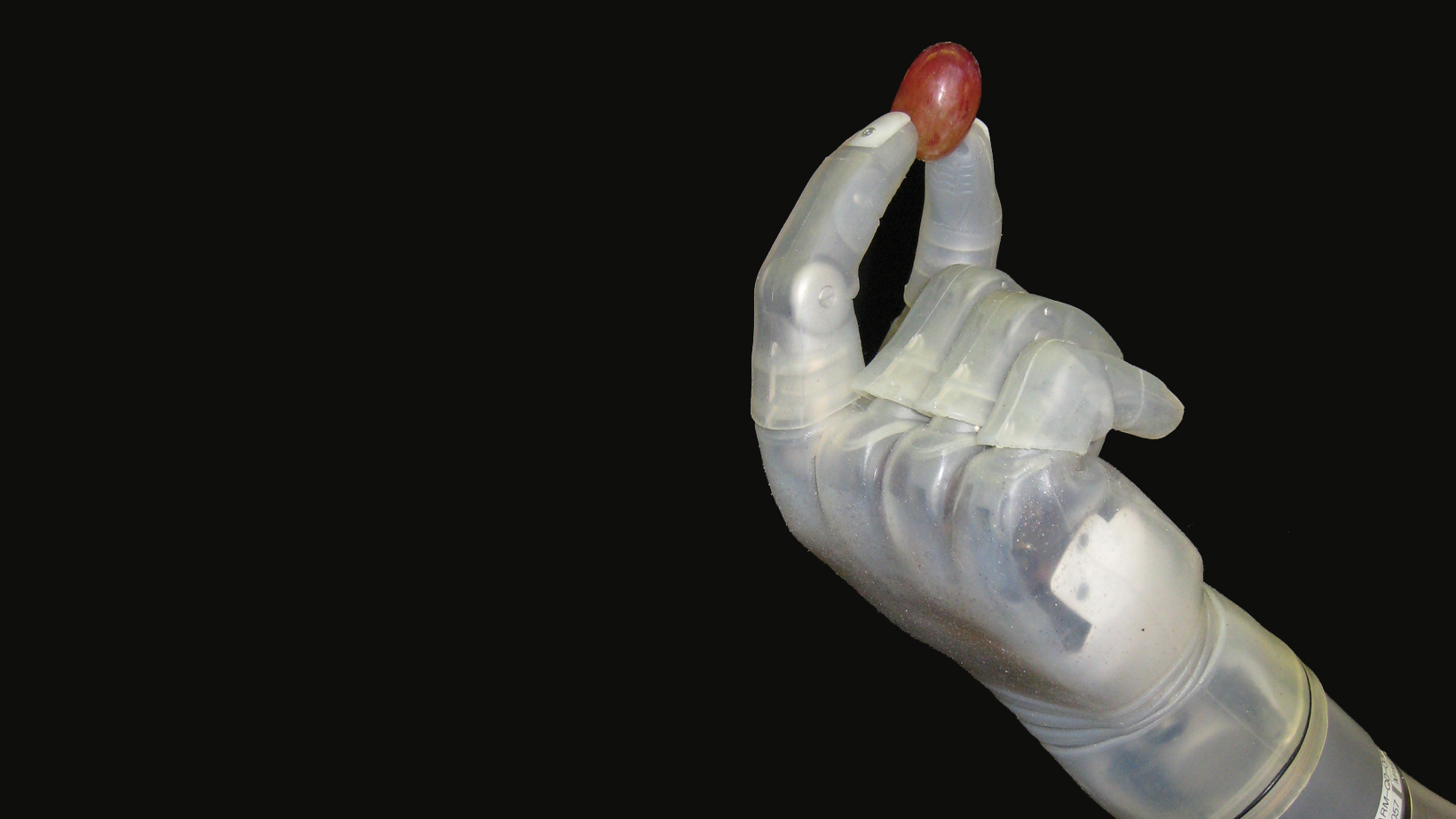
Luke Skywalker's robotic hand
They haven't quite built a full bionic man yet (by 'they' we mean brilliant but mad scientists who are unaware of the destruction they're about to bring upon humanity) but they've come pretty close with fully functioning robotic limbs.
Strikingly, scientists behind creating robotic limbs have managed to mimic, almost expertly, the intricate and menacing movement of Arnie's de-skinned metal hand. All they need to do is add that music to complete the look.
Many researchers, scientists and enthusiasts are working towards the goal of creating robotic prosthetic arms, from Joel Gibbard's impressive and low-cost 3D printed Dextrus hand that uses gears and motors to grip objects, to a high-end robotic hand created by the US government's Defense Advanced Research Projects Agency (DARPA) that can be controlled with the mind via neural-interface technology, even giving amputees a regained sense of touch. You can see some of Joel Gibbard's work in our video below:
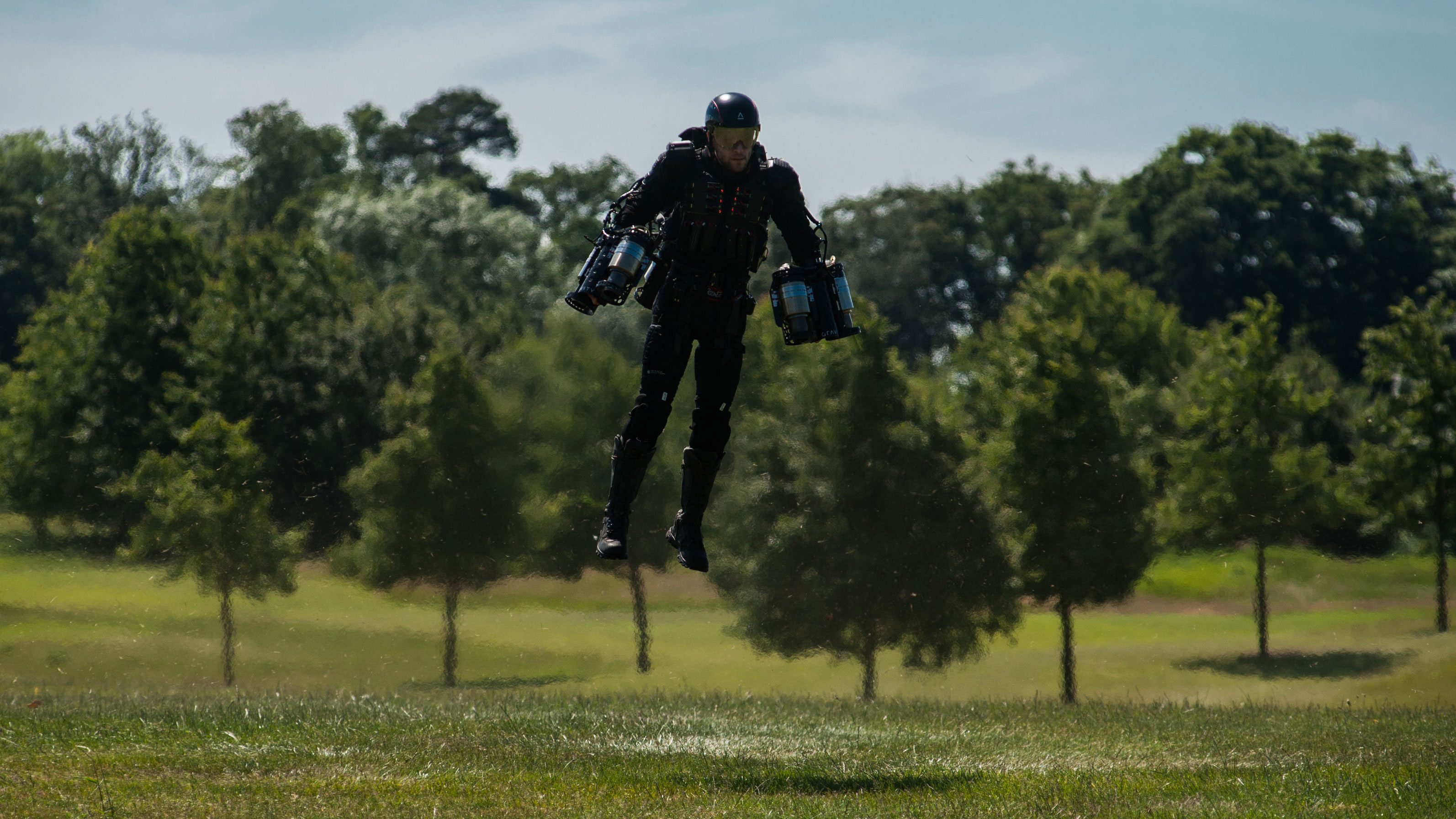
Iron Man suit
Come on, Iron Man? Freaking Iron Man?! Tony Stark's Iron Man can do pretty much anything. The undefined abilities of his suit seem to prepare him for any situation, no matter how far-fetched – in the same vein that Batman carries a spray to specifically repel sharks.
No one is working on making a briefcase that turns into an impenetrable war-machine, but the US army is working on an exoskeleton suit for its soldiers. The idea is that soldiers will wear a tactical assault light operator suit, or TALOS, and have increased strength, advanced armor and increased communications through a Google Glass-type interface.
At the centre of the research, again, is MIT, which is also working on making liquid body armor that turns solid when a current travels through it. We've already seen less advanced versions of exosuits that can aid in lifting and increase movement, but a full-body war machine and a HUD is in a league of its own.
The gentleman in the image at the top of this page is none of the above. He is Richard Browning, a man who pretty much just Tony Stark-ed his way off the ground by strapping a load of jet engines to his arms. Seriously.
His suit is currently not available to buy, but when we saw him talk at London Tech Week he thought that when the suit does become commercially available it join the ranks of other luxury modes of transport, like yachts and supercars.
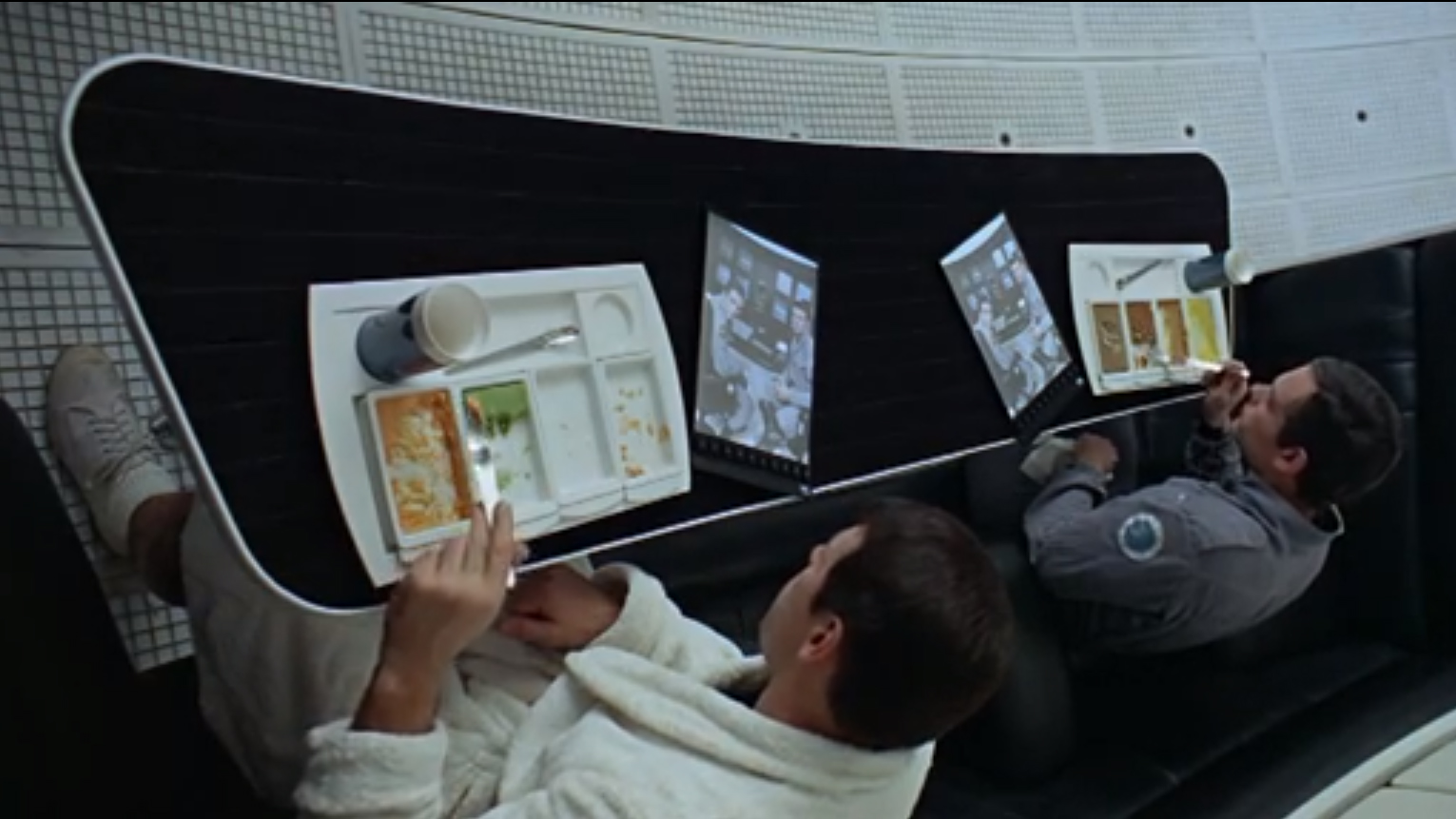
iPad in 2001 A Space Odyssey
In 1968's 2001 A Space Odyssey, we saw a man eating his breakfast and casually watching a news programme on what looked EXACTLY like a modern-day tablet. It was flat, square and capable of producing multimedia content wirelessly – and it was used at breakfast time.
This is probably the most on-the-nose prediction from a film that came so true that tablets are now a part of our everyday lives. The dodgy green space-food was less on the nose, as were a lot of the dated hair-cuts, but the tablet was right on the money.

Driverless car
Total Recall, Demolition Man, Minority Report and I, Robot have all featured driverless cars. According to Hollywood, in an unavoidable dystopian future, cars cannot and should not be operated by humans, because we're are too risky and cause accidents.
Hopefully we can all agree that we're quite a long way off falling into a dystopia, but we are much, much nearer to a future where humans don't drive cars any more.
Tesla now includes Autopilot as standard in its vehicles, the new Audi A8 has self-driving functions that allow it to control itself in traffic, and even parking functions that mean the car can park itself without you even being in the car.
Taking things one step further is Waymo, the spin-off from Google's self-driving car project. Waymo has officially started taking passengers in a trial in Phoenix. So as we type this there are officially driverless cars with passengers on the road.
There are still test drivers behind the wheel as a security measure, but these will be phased out with time. Our grandchildren will probably be astonished that we used to operate a vehicle with pedals, gear sticks and wheels.
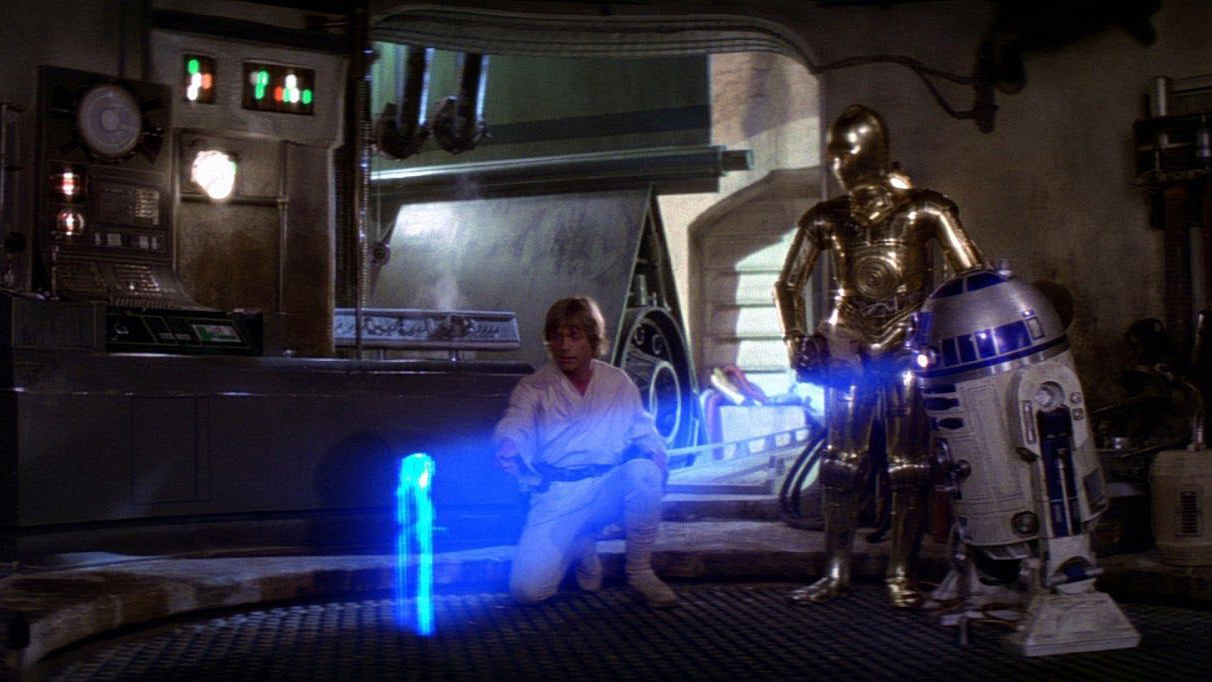
Star Wars hologram
"Commander Cody, the time has come, execute order 66," said Darth Sidious as he instructed Commander Cody to order him the special fried rice from Noodle Palace. A long time ago in a galaxy far, far away, sending a hologram message was as throwaway as sending a text. But the hologram technology used in Star Wars isn't so far, far away any more.
The technology needed to make actual, 'Help me Obi-Wan', type holograms is still in the developmental stage, but a holographic 'being' appearing in the real world is very much a possibility thanks to augmented reality headsets like Microsoft's HoloLens.
What makes this even more exciting is the fact that Lenovo is actually working with Disney on a headset that will allow the user to experience HoloChess, as played to kill time on the Millennium Falcon with Han and Luke, or wield your own lightsaber.
If you're not satisfied unless it's an actual hologram, that technology is in the works too. A company called Asukanet demonstrated a new interactive hologram at the 2013 CEATEC show. The device that displays the hologram is called an Aerial Imaging Plate (AIP), which combines reflective surfaces with a tablet interface. A 'floating' hologram is presented and the user can interact with it as they would any real life tangible object.
The AIP then detects where your hand is in relation to the hologram and makes the hologram respond accordingly. The actual image can only be seen from one angle, or 'sweetspot', which Asukanet believes is an advantage because it gives the user more 'privacy'. Ewww.
The fact that you can only see it from one angle is actually a fairly major limitation of holography, and one that a South Korean team has managed to crack. In October 2016 the team published a paper claiming that it was able to create a 3D image that was viewable from any angle.
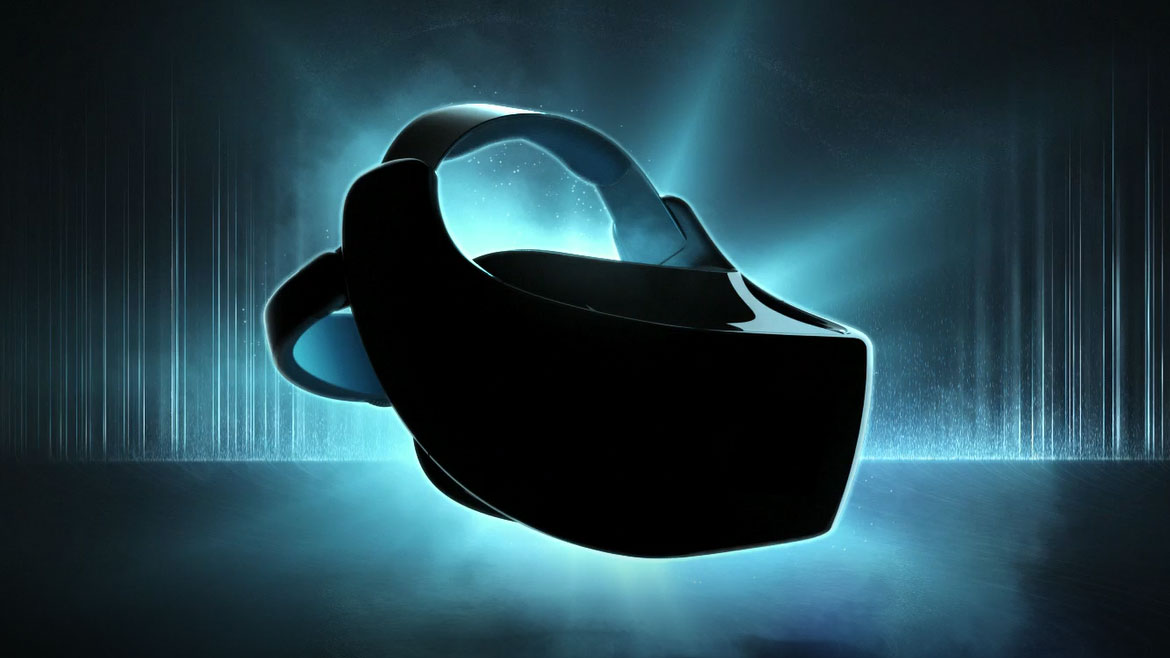
Tron virtual reality
It's always fun to laugh at how directors envisioned the future would be and then execute their vision with 1980s special effects. There's no better example of this than the original Tron film. Even the colours were straight out of the 80s, with each frame digitally rotoscoped to put neon lights on everything.
The idea of being able to transport yourself to a virtual world is now so commonplace that there are VR headsets that use your phone as the display, although for the proper VR experience you really need to get your hands on a top-of-the-range headset like the HTC Vive or the Oculus Rift.
Luckily, you can't get trapped in the virtual world like Kevin Flynn; you want out, you just take off your headset. And because some people have no sense of what 'tempting fate' means, someone has actually made a Tron LightCycle VR game for Oculus, although at the time of writing it doesn't seem to be working. Maybe the creator got into a legal dispute for using the Tron name, maybe it's just a fault, or maybe he got sucked into the computer and is battling for his life.
If that's too heavy a thought, let's lighten the mood again with this delightful video of an elderly lady experiencing VR for the first time:
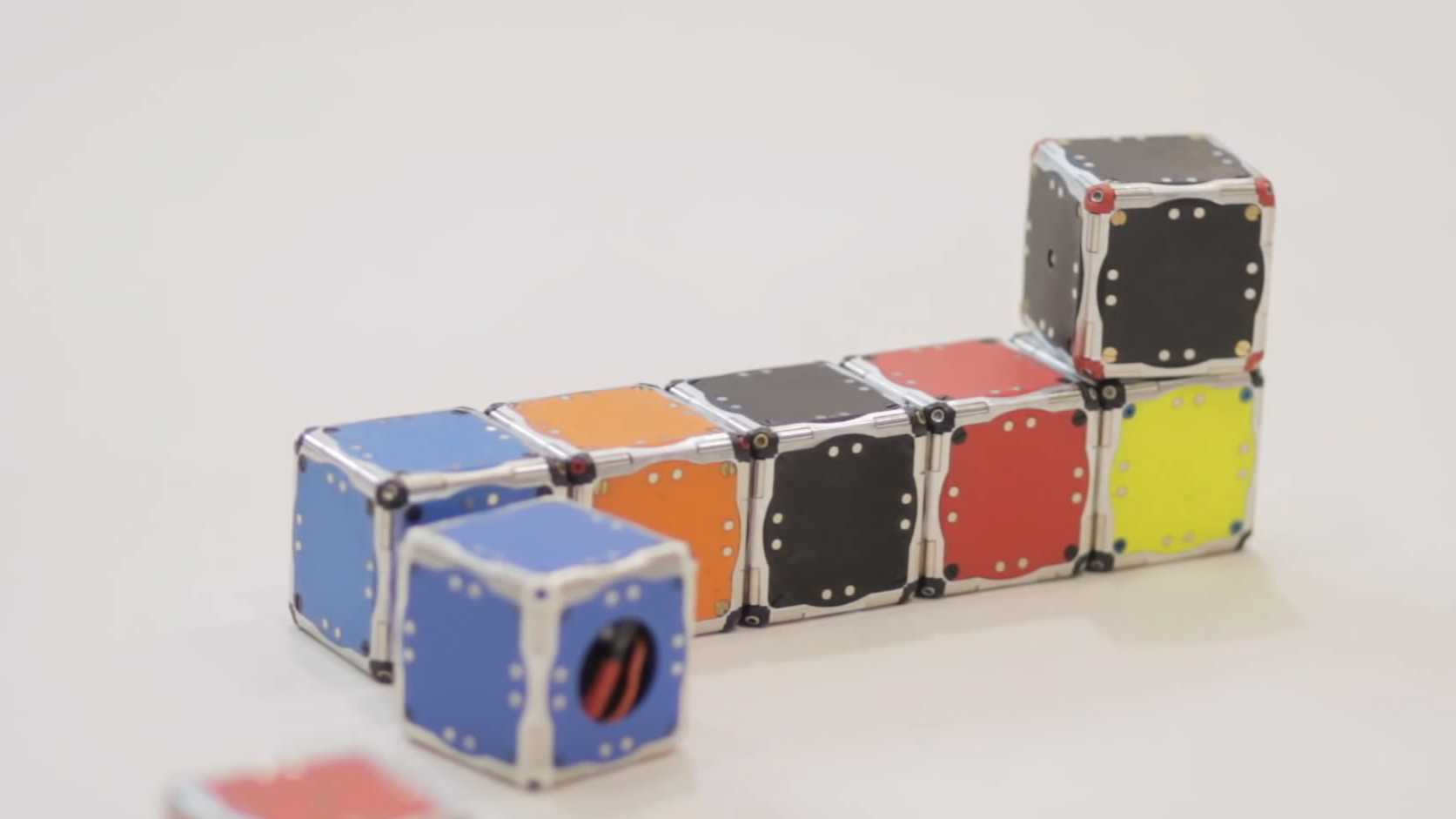
Transformers
In the films and erratic Japanese cartoons, Transformers are technologically brilliant mechanical marvels. In real life they are brittle toddler fodder. In execution, Transformer toys have always been a disappointment. Hasbro never really wanted us to 'transform' Optimus Prime in any other than the designated way. The boundless ways to replicate machines is what attracted us to the metallic aliens in the first place, and a group of researchers at MIT have taken the first steps towards that goal.
Called 'M blocks', these small cube-shaped robots can jump and flip to assemble themselves into certain shapes. Not exactly Megatron – maybe baby Megatron – but we have to start somewhere. Researchers at the Artificial Intelligence Laboratory at MIT believe these robots can be used to build solid structures independently. For example, if part of a bridge were to be damaged, the blocks would detect where the damage was and replace it with a solid structure. That's a pretty mundane, but practical use.
Currently, the blocks are controlled by sending instructions to them remotely. But the researchers hope to program algorithms into the blocks and make them entirely autonomous and able to adapt to different situations.

To celebrate the release of Valerian and the City of a Thousand Planets, Luc Besson is today behind the lens at TechRadar. Here’s what we’ve got in store for you:
- Luc Besson presents TechRadar
- From Verne to Valerian: how France became the home of sci-fi
- Luc Besson talks streaming, viral videos and cinema tech
- Star spangled glamour: making space travel cooler than ever before
- A history of time travel: the how, the why and the when
- 20 best sci-fi films on Netflix and Amazon Prime
- Amazing future tech from sci-fi films that totally exist now
Valerian and the City of a Thousand Planets is released in UK cinemas August 2nd, and is out now in the US.